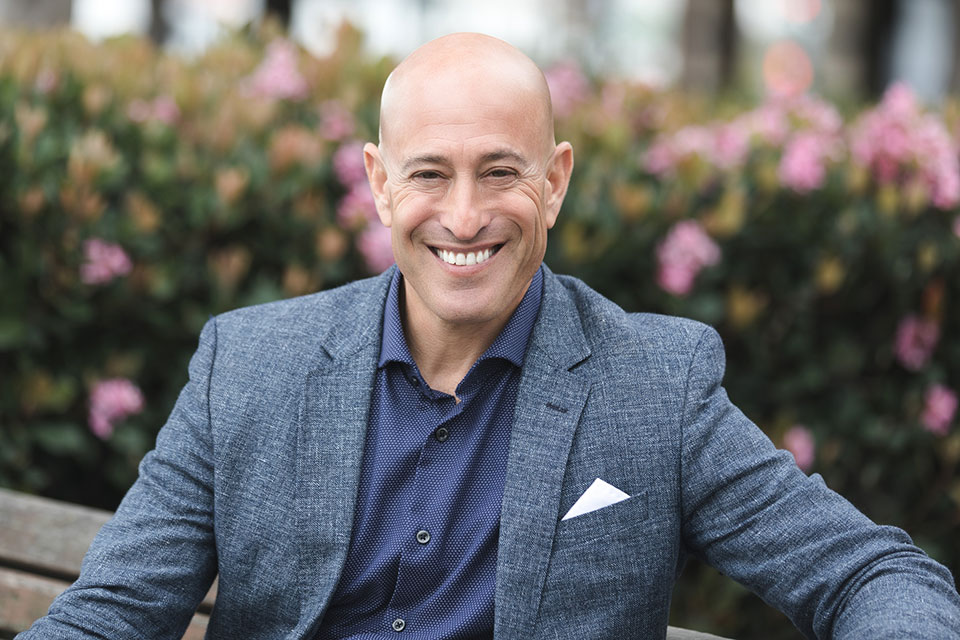How Do We Solve Depletion? Operationalize Resilience

Don’t Ask How Your People Are Doing; Ask This Instead.
More than 47 million Americans left their jobs last year, and the trend known as the Great Resignation seems to be continuing as near-record numbers of people keep quitting. Beyond the headaches for hiring managers and the people left behind to pick up the slack, the statistics should give leaders pause to ponder what organizations should be doing differently.
The culture of business has long revolved around one question: “How can we squeeze the most out of people?” As a result, we’ve exhausted our organizations and driven people to the brink.
One clear message from the pandemic and Great Resignation is that we need to become more resilient. We need to help our organizations and employees become change-proof.
Change-proof resilience involves developing habits and structures that help us recover from exhaustion and depletion. But the kicker is this: we need to practice and perform these rituals of resilience before we become so exhausted that we burn out.
In ongoing research, we’ve surveyed more 3,000 professionals across a mix of industries and types of organizations in our Resilient Leader Assessment (resiliencerank.com).
The survey is designed to measure physical, mental, emotional, and spiritual resilience. Among our findings:
- About 6% scored highly when it comes to attributes of change-proof resilience.
- Almost two-thirds of all respondents scored in the middle — mostly resilient but with room for improvement.
- More than one-third, 34%, had scores indicating that chronic stress has rendered them vulnerable to acute events.
The average score was 64.2 out of a possible 100 on the resilience scale. This indicates that, on average, many respondents are hovering precariously close to burnout. Yet it also indicates that greater resilience is in reach — if people make course corrections, many of which are small and incremental, to steer away from depletion.
What will it take to stem the tide of exhaustion that’s contributed to the Great Resignation? It will require organizational commitment, including questioning the norms that got us here. This starts with admitting that burnout is a problem that is organizational, rather than individual. We have to come to terms with the fact that we haven’t been looking after our employees. Once we recognize that reality, we can make changes to help our people and organizations become change-proof.
What does that look like? To get an idea, we can learn some lessons from the online dating app Bumble. Last year the company decided to give all its workers a range of benefits including two weeks paid vacation per year as well as paid and unpaid leave for a range of personal circumstances. In April of last year, LinkedIn gave 16,000 employees a week of PTO after workforce surveys indicated that many were experiencing burnout.
At Bumble, the company first experimented with giving people unlimited time off, but found that many people were still working. They discovered that people with unlimited PTO were taking less time off than the people who got a solid two weeks off. The company then changed its policy to give all employees a weeklong paid holiday twice a year.
When it comes to helping our employees avoid and recover from depletion and exhaustion, Bumble’s experience holds lessons for leaders who want to operationalize resilience:
- Offer employees tangible benefits, not just window dressing like juice bars and foosball tables.
- Be willing to fail to find out what works. There has to be a constant iteration of ideas based on feedback in order to find something that works.
- Ask questions and genuinely listen to what employees need. You have to care enough to ask the questions and not be satisfied with the answers you’re getting and just continue to dig and dig and dig to find out what people need.
If you ask someone how they are doing, the answer you will most likely get is “good” or “fine.” Instead, try asking questions such as: What are you doing for your mental well-being? What are you doing for your physical well-being? What are you doing for your emotional well-being? And what are you doing for your spiritual well-being?
Asking questions like these shows that you care enough to move beyond superficial inquiries, and really want to find out what your employees need. Instead of a “watch your back” culture, we will create a “got your back” culture. In that kind of organization, people flourish personally and professionally, making them more loyal, happy and productive.
Written by Adam Markel.
Have you read?
Why every good leader needs a coach by Joe Hart.
When CEOs say it’s your mistake by Dr. Manoj Joshi.
A 4-day workweek: Is it productive or just counterintuitive by Olga Artemenko.
The Simplest Life Lesson of All – Just Say “Yes” by Kate Christie.
Bring the best of the CEOWORLD magazine's global journalism to audiences in the United States and around the world. - Add CEOWORLD magazine to your Google News feed.
Follow CEOWORLD magazine headlines on: Google News, LinkedIn, Twitter, and Facebook.
Copyright 2025 The CEOWORLD magazine. All rights reserved. This material (and any extract from it) must not be copied, redistributed or placed on any website, without CEOWORLD magazine' prior written consent. For media queries, please contact: info@ceoworld.biz








